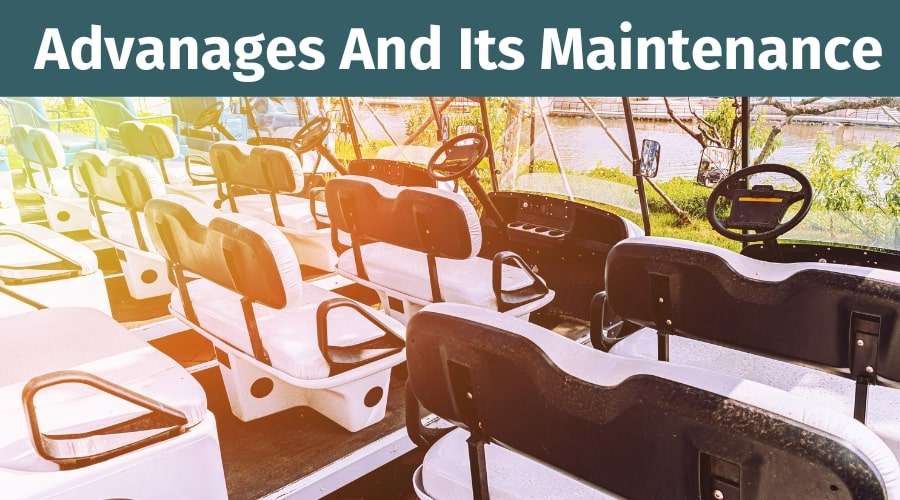
Electric shuttle buses make routine maintenance much easier, which is one of their most significant benefits. Electric buses have fewer components than conventional buses, which enables them to operate; hence, they require minimal maintenance.
In particular, they should have a strict schedule for vehicle pickup and servicing or at least ensure timely battery replacement to ensure the shuttles' electric mode is reliable and lasts longer. This paper agrees electric fleets need constant inspection and rapid issue resolution for optimal functionality.
In this paper, electric shuttle buses are considered as an ecological means of transport. They emit no tailpipe pollutants, a factor that makes the latter far superior to conventional buses in use today. It helps also in reducing the emission of air-borne pollutants hence has a great contribution in combating climate change.
By nature, all commercial electric vehicles, including electric shuttle buses, are generally the most efficient. The electric motors can develop power at the wheel by converting electrical energy from the grid.
Electric shuttles significantly reduce the cost of fuel as opposed to fuel because electricity is cheaper than fuel. They are more energy efficient.
Shuttle electrified buses run more silently than regular buses with internal combustion engines. Noise management can be most effectively done in densely populated areas and areas close to residential buildings.
Electric vehicles, such as electric shuttle buses, have fewer parts than other buses, so their maintenance is low. These lower maintenance costs over the vehicle's life promote the sausage of electric vehicles. Some customers can recover a part of the initial cost through government incentives.
Those who use electric shuttle buses express concern for environmental issues and being green; this can reshape consumers to engage the employers' brands.
A feature common to electric buses is the regenerative braking system, in which kinetic energy can be converted to electric energy during braking. This reduces wear on ordinary braking systems and enhances energy utilization.
Several electric shuttle buses are also fitted with additional technologies such as battery management systems, telematics, and connectivity that enable their operators to manage better and remotely monitor such buses.
Ensure you practice the battery system check-up and maintenance period frequently. Some things that need to be considered are checking the battery for any types of wear, ensuring the charging procedure is correct, and rectifying anything wrong with the battery immediately.
Check the electric motor often for signs of wear or malfunction. This standard check will help determine and solve the problem before it becomes significant.
Electric buses employ a regenerative system, yet regular brakes are present, requiring periodic inspection to determine whether they are functioning optimally.
This is because the work and resources of electric vehicle batteries are highly sensitive to overheating, and hence, the battery's cooling system needs to be cared for.
One should always check and, if possible, ensure their tires are overinflated. Tire maintenance, as an aspect of vehicle maintenance, increases vehicle energy efficiency and overall performance.
You should also ensure that your car's software and connectivity parts are up to date. At other times, this can correct functionality issues, reduce weaknesses, and enhance security.
Thus maintenance personnel must be familiar with electric vehicle systems to prepare for electric bus maintenance.
Overhaul it regularly at an interval to identify any issues that escalate into issues in advance.
Documented all the possible car maintenance, inspection, and repair to study the vehicles' background and meet the warranty specifications.
There is always some contingency that crops up during an event, and thus, there must be proper response plans. The implementation is often launched with little or no notice when designing a plan.
The electric shuttle buses have some advantages over the other buses in many ways. They are environmentally friendly, act as anti-pollution agents and anti-emission devices, and ensure the city's unrestricted clean airflow. Their maintenance costs are low; their lifespan is greatly enhanced because they have fewer parts to fail. If you are still worried about electric shuttle buses, you should know that the primary purpose of electric shuttle buses is not just to provide transport; they are the means to create a better, more efficient, and fantastic world.